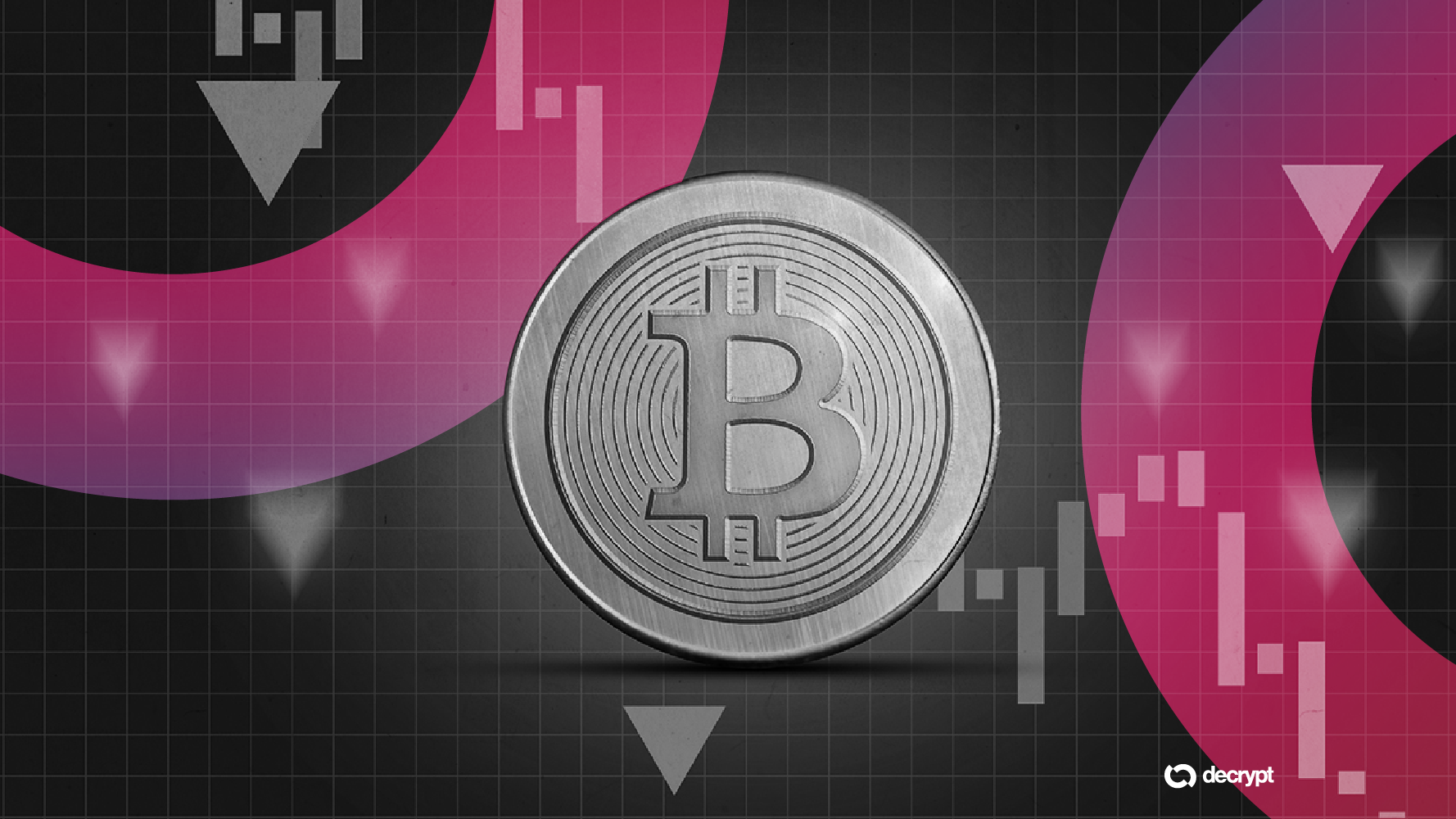
Circle’s IPO Sparks 167% Surge as Bitcoin and Altcoins Plunge Amid $837M Crypto Liquidation
The cryptocurrency market witnessed a stark divergence on June 4 as Circle, the issuer of the USDC stablecoin, saw its stock price skyrocket by 167% on its first day of trading following its IPO. Meanwhile, Bitcoin (BTC) and major altcoins like Ethereum (ETH), Solana (SOL), and Dogecoin (DOGE) faced steep declines, with $837 million in crypto positions liquidated in a single day.
This article breaks down the key events driving these market movements, including regulatory developments, institutional accumulation, and political controversies impacting the crypto space.
Circle’s IPO Success: A 167% Stock Surge
Circle’s initial public offering (IPO) exceeded expectations as investor demand surged, leading to a valuation of $1.05 billion. The company’s stock price jumped 167% on its first trading day, marking a significant milestone for the stablecoin issuer behind USDC.
This performance stands in contrast to previous skepticism from competitors like Tether. In an April interview, Tether CEO Paolo Ardoino criticized Circle’s business model, stating, “They make no money.” Despite these remarks, Circle’s successful IPO demonstrates strong market confidence in its regulatory-compliant approach and growing adoption of USDC.
Bitcoin and Altcoins Plunge Amid Market-Wide Liquidations
While Circle celebrated its IPO success, the broader crypto market faced severe pressure:
- Bitcoin (BTC) dropped nearly 4%, falling from $104,000 to $100,426, marking its 29th consecutive day above the $100K threshold—a record streak.
- Major altcoins followed suit, with Ethereum (ETH), Solana (SOL), and Dogecoin (DOGE) all experiencing sharp declines.
- Over $837 million in crypto positions were liquidated, according to derivatives data.
Analysts attribute this downturn to a combination of profit-taking after Bitcoin’s extended rally and broader macroeconomic uncertainties.
Aggressive Bitcoin Accumulation by New Investors
Despite the recent pullback, on-chain data reveals that a new cohort of Bitcoin investors has been accumulating aggressively:
- Wallets holding BTC acquired within the last six months now control 5.6% of the total supply.
- This group has added 3.1% of BTC’s circulating supply since March, signaling strong institutional or high-net-worth investor interest.
This trend suggests that long-term holders remain bullish despite short-term volatility.
Regulatory Developments: BRCA Gains Support from Crypto Policy Groups
In regulatory news, eight major crypto policy organizations—including the Blockchain Association, Crypto Council for Innovation, and DeFi Education Fund—have thrown their weight behind the Blockchain Regulatory Certainty Act (BRCA).
The groups are urging Congress to incorporate the BRCA into broader market-structure legislation, arguing that blockchain developers should not be regulated as money transmitters. If passed, this could provide much-needed legal clarity for decentralized finance (DeFi) projects and software developers.
Trump-Linked Crypto Wallet Drama Escalates with Cease-and-Desist
Political tensions spilled into the crypto space as World Liberty Financial (WLFI), a venture tied to former President Donald Trump, issued a cease-and-desist letter to Fight Fight Fight LLC, the creators of an unofficial “Trump Wallet.”
The dispute highlights growing competition among Trump-affiliated entities in the crypto sector. Earlier this week, NFT marketplace Magic Eden partnered with Fight Fight Fight to launch the wallet, but WLFI claims unauthorized use of Trump’s branding. The legal battle could impact future political-linked crypto ventures.
DOJ Moves to Seize $7.7M in Stolen Crypto Linked to North Korea
In enforcement news, the U.S. Department of Justice (DOJ) is seeking to confiscate $7.7 million in allegedly stolen cryptocurrency tied to North Korean IT workers who infiltrated U.S. companies. The funds were initially frozen in connection with a 2023 indictment of an alleged North Korean agent. This case underscores ongoing concerns about state-sponsored cybercrime targeting crypto assets.
Smart Money Moves: VIRTUAL Sees Unusual Trading Activity
A lesser-known asset, VIRTUAL, experienced unusual trading patterns as “smart money” investors dumped $1.2 million worth before buying back in. The reasons behind this maneuver remain unclear, but such activity often signals strategic repositioning by large holders.
Conclusion: A Divergent Day for Crypto Markets
June 4 marked a tale of two markets:
- Circle’s IPO success showcased investor confidence in compliant crypto ventures.
- Bitcoin and altcoins faced steep declines amid mass liquidations and profit-taking.
- Regulatory progress and political infighting added further complexity to the landscape.
As institutional interest grows and regulatory frameworks evolve, the crypto market remains highly dynamic—offering both opportunities and risks for investors navigating this volatile space.
Images in the article:

